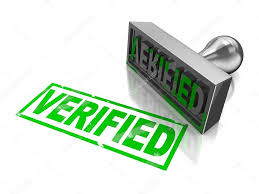When you’re an employer, there are various times where you’ll have to pay your employees during a leave of absence. They might be ill and in need of Statutory Sick Pay. Or they may be pregnant and about to begin maternity leave.
During these times, you have a legal duty to pay your staff member. And the amounts you pay, change from April 2022.
What are the statutory payments to be aware of?
There are a number of different statutory payments to have on your radar. As a business with employees on the payroll, you may need to make these payments at some point in the future. So it’s good practice to be aware of the requirements and the amounts that should be paid.
Payments include:
- Statutory Sick Pay (SSP)
- Statutory Maternity Pay (SMP)
- Statutory Paternity Pay (SPP)
- Statutory Shared Parental Pay (ShPP)
- Statutory Adoption Pay (SAP)
- Statutory Parental Bereavement Pay (SPBP)
How will the statutory payment rates change?
Statutory payments for each week of absence commencing on and after 3 April 2022 change.
- Payments for SMP, SPP, ShPP, SAP, and SPBP increases to £156.66 from £151.97. Where 90% of the employee’s weekly pay is lower than the statutory rate, that lower rate is payable instead.
- The weekly rate for SSP increases to £99.35 from £96.35, with effect from 6 April 2022.
- Employees that earn below £123 per week (up from £120) do not qualify for SMP, SAP, SPP, ShPP, SPBP and SSP.
Helping you pay the right amounts
If you’re new to running payroll, it can sometimes seem like a big hill to climb. When it comes to statutory payments, you’ve got to make sure you pay the correct amounts and keep the appropriate records for all the different payments you’re making to employees
Where we already provide payroll services for you, the rate changes will be applied automatically. But if you’re looking to get additional help with your payroll, please do get in touch. We’ll be happy to help you get on top of the payments and the record keeping.



